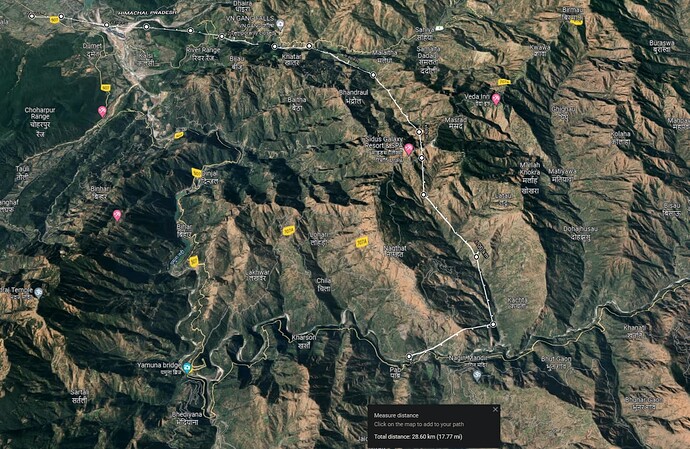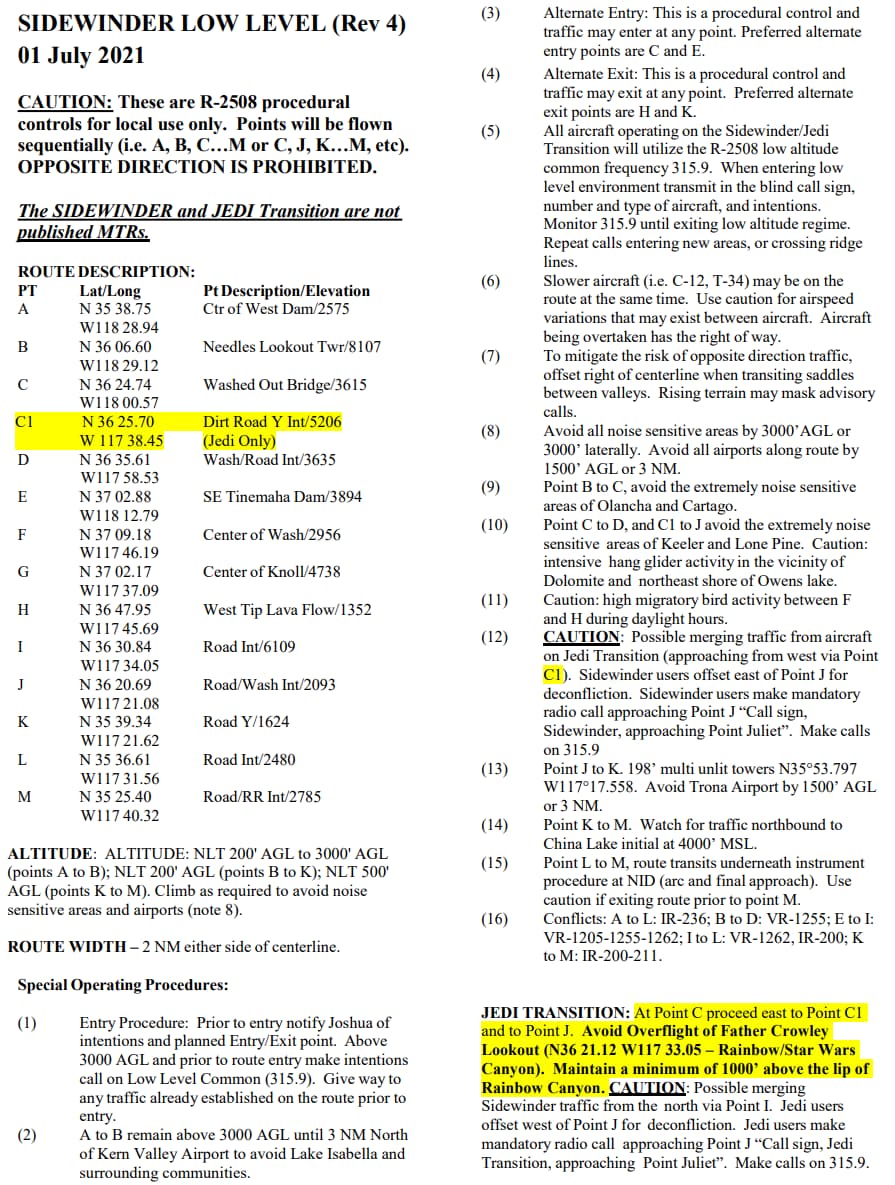I’ve enjoyed learning the systems of things like the 747 and now the A310-300, mostly relying on following the procedures and ILS approaches.
When I tried the F-18 it opened a whole new world. I never really paid attention to the concepts of actual flight so all this I had to figure out on my own since I’ve never been formally taught.
I ended up spending 12 hours flying out of some Himalayan mountain airport at 11,000feet and flying up a canyon to a ridge line south then over the ridge line down another canyon that ended in a ridge that I could pop over, and down further into India.
I think you can see where I’m going with this: I ended up figuring out how to do the Top Gun 2 roll maneuver over the mountain ridge lol.
It was - very very hard at first. Because things didn’t make sense.
Things I learned is that the plane becomes unstable near vertical and low power. That when you roll or invert it’s easy to leave your elevators at the wrong angle and you lose stability and the plane wants to naturally roll.
I learned to stop fighting the reaction of the aircraft, let it do what it wants then give it little adjustments.
I learned that thrust is almost everything. In the beginning I was using the “pitch” (elevators?) to control the flight. I never considered why on autopilot the thrust is constantly up and down.
Well now handling it by hand - I got particularly good at cutting out the engines or engaging afterburners to give me the lift I needed.
The best way I came to think about it is buoyancy. The plane is like a submarine in water. The more water (less thrust) the less bouyant you are and the more you sink.
So I had difficulty getting the nose to react to the pitch I wanted if I had too much or too little thrust. All-in-All it was good fun. When I’m home I can find the Airport code and others can try it too. The mountains there are pretty “steep” so you get good angles to do the maneuver.
It’s still very difficult. The first roll-over became easy because it’s a straight shot into the sky, kill the engines and guide back along the mountain contour inverted.
Oh I also learned to stabilize the aircraft in your current configuration before changing to another. If you perform something inverted. Trim/stabilize inverted then go back to a normal configuration.
That became particularly important when entering the next chute, this big canyon going into India from about 15,000 feet down to 8,000 feet where it hit a large “cliff wall” probably some glacial moraine in real life.
You reconfigure into that canyon and get a few opportunities to swing left and right (roll left to right) which like in the movies (go figure) causes you to halfpipe the canyon walls but more importantly bleeds off all the speed you’re getting from going down from 15,000feet to 8,000feet.
I was running the gauntlet about ~270kn with no thrust. The trick toward the moraine was to go from little thrust to afterburner and to roll inverted again just right when you’re catching nose up on one of the rolls so that you hit the target of a saddle just at the top of the moraine.
Then kill the engines again and you could drop right back into the chute which took you from 8,000 feet down to the Indian plains.
I think the location was here:
But I’ll find it for anyone who wants a route to practice on - it turned out to be a pretty good route to try.
Before I found the route I was practicing what happened when you stalled and how to get out of it. Like a friend once said but now I understand, you pitch down and thrust into the ground.
That’s where I really felt the “buoyancy”. Once you have enough of it you can’t help but fly away from the ground. Then just control your exit from the maneuver. Using that same stall principle just felt natural to go take it to the mountain course.


